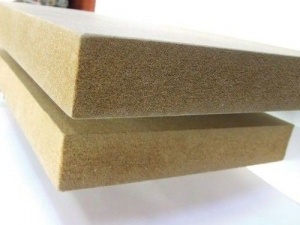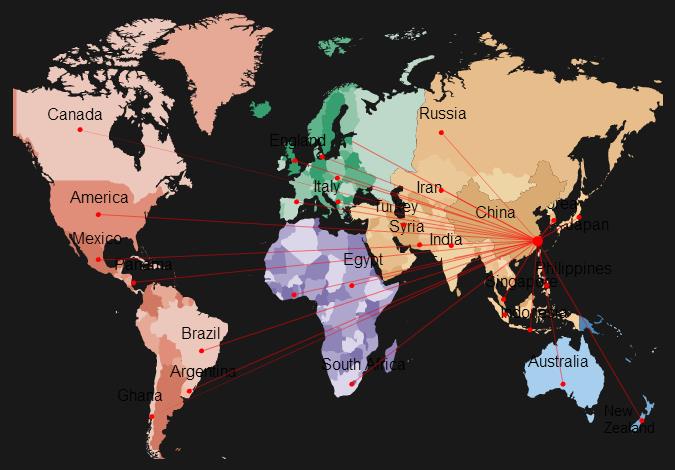MDF,LDF,HDF
tructure
MDF (stands. Medium Density Fiberboard – CD medium density fiber) is a wood-based material made by compressing with the use of temperature lignocellulosic fibers (mostly derived from wood but also of annual plants) with adhesive. The most common used binder is amino resins (urea-formaldehyde, melamine-urea-formaldehyde). MDF is commonly used in relation to the family of dry-formed fiberboard.Variations of MDF boards are LDF and HDF boards.
The names of the LDF and HDF derive from different density plastic. LDF plate (stands for Low Density Fiberboard) is a fiber board with low density (also known as L-MDF) and HDF (stands for High Density Fiberboard) is a board of high-density fiber. Ultralight MDF plate is referred to as ULDF.
Type of MDF panels have a single layered structure, ie. are formed of one type of particles. Such a structure allows the use of panels for production of furniture fronts, where the necessity of milling broad surfaces occurs. There are methods to produce MDF boards that are made with presses calender, however usually they are produced in a flat press technology.
Methods of refining
Veneered in other material: laminate (CPL, HPL, melamine film), artificial veneer (on paper, foil), natural veneer (veneer), coating material with paint and varnish.
Density
Plates LDF – less than 650 kg / m3.
MDF – from 650 to 800 kg / m3.
HDF – over 750 kg / m3
Physical properties
The PN-EN 622-5 distinguished the following types of dry-formed fiberboard (MDF): general purpose board used in dry conditions (type MDF) or wet (type MDF.H), load bearing panels for use in dry conditions ( MDF.LA type) or humid (MDF.HLS), light MDF boards for use in dry conditions (type L-MDF) or wet (type L-MDF.H), ultralight MDF board for use in dry conditions (type UL1- MDF and UL2-MDF) and board for use as a stiffening sheathing, roofing and walls (type MDF.RWH). In addition, some manufacturers have in their offer panels with improved performance in terms of reaction to fire
Market form
Sheets with dimensions (depending on the manufacturer and finish): the width 2070 mm, length 2500 2800 mm in the thickness range of 6 – 38 mm and 2850×2070 mm 2, 2500×1830 mm 2 in the thickness range of 1.5-5 mm (HDF); Some manufacturers allow the production of forms and formats as requested by customers.
Transport and Storage
It is recommended to protect transported and stored MDF against rain and moisture. When transporting the narrow surfaces and corners of the plates should be protected against damage. Store in closed, dry rooms, in a flat position.
Health and safety
During the machining of MDF there is a risk of dust. MDF also have a non-zero content and emission of formaldehyde.

Previous:Medium Density Fibreboard FAQ
Next:Effects of post-manufacture board treatments on formaldehyde emission: a literature review



